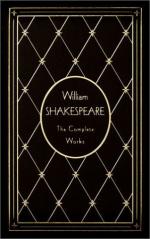|
This section contains 481 words (approx. 2 pages at 300 words per page) |

|
EVANS, ARTHUR (1851–1941) was an English archaeologist who excavated the ruins of Knossos in Crete, center of an early civilization he called Minoan. Son of Sir John Evans, a wealthy Victorian polymath and active amateur archaeologist, Arthur Evans began his work in 1899 at Knossos, which established his fame and for which he was knighted in 1911. Seeking evidence for an early system of writing, Evans uncovered an inscribed clay tablet in his first week of excavation and soon amassed a large archive written in two syllabic scripts now known as Linear A and Linear B. (The latter was deciphered as an early form of Greek by Michael Ventris and John Chadwick in 1952.) The treasures of the palace at Knossos, which Evans named for the legendary King Minos, included many objects that he interpreted as possessing religious significance. In the palace, a building of great size and complex plan...
|
This section contains 481 words (approx. 2 pages at 300 words per page) |

|


